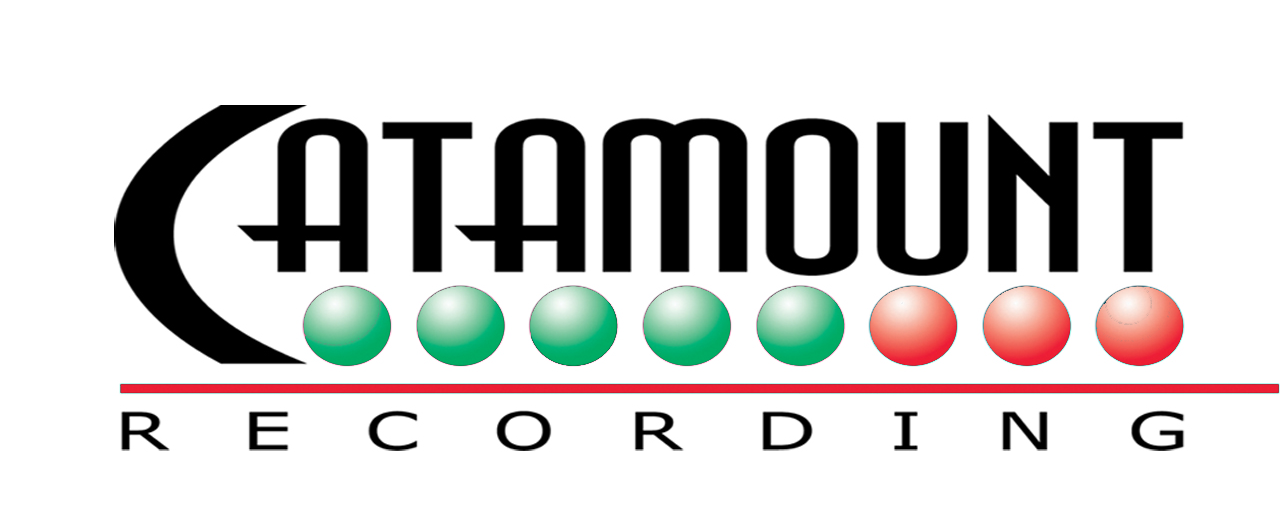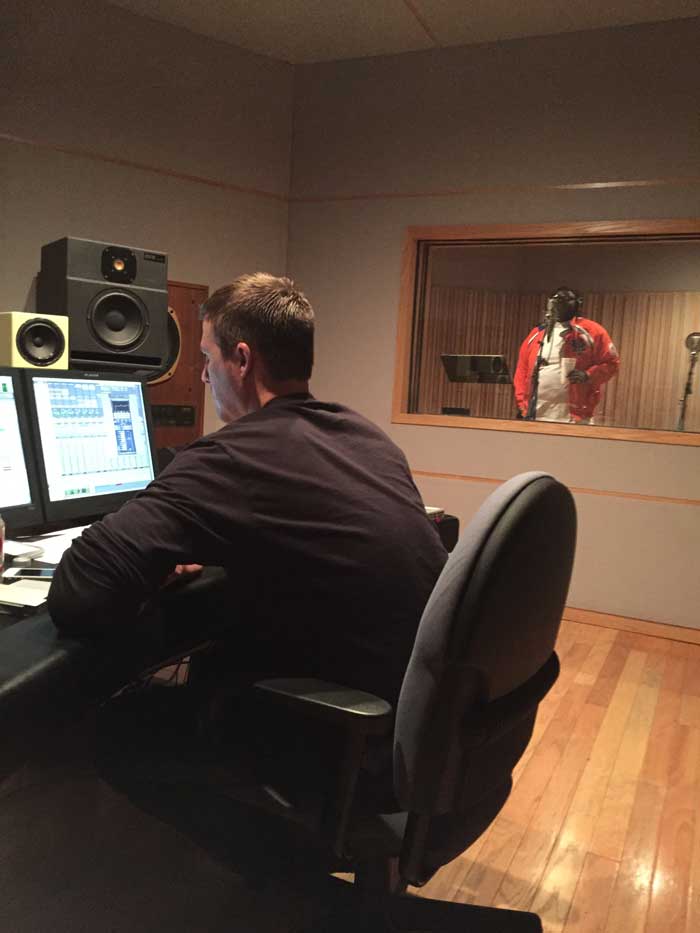Making that Magic
Most musicians don’t want or need a detailed list of what’s inside a recording studio. They want to know: can you make me sound good and get me the sound I’m after? On my budget? And not make me miserable during the experience?
One of the best studios in the region for meeting these requirements, Catamount has recorded numerous big-name regional acts; the studio’s list of album projects, released nationally for the most part, is evidence of Catamount Studio’s growing stature on the recording landscape.
On this day, a group called the Starkweathers are taking a break in the studio’s TV lounge, playing on the studio’s mini-basketball court. Inside the control booth, producer Tom Tatman is finishing a rough mix of the band’s taped performance.
“I think it’s good to keep the band out of the room while you’re mixing until you’ve got something worth critiquing, comments Tatman about his working method which involves working solo on a mix, then calling the musicians in for an opinion.
Tatman comes off as the type of person who doesn’t get aggravated easily, a quality that makes him perfect for a business that involves intense concentration, artistic temperaments and money.
Tatman’s interest in recording and producing evolved out of his own background as a guitarist in a regional band called Headstone. After three years, Tatman moved from being a player in the band to manager. He built an 8-track recording studio in the band’s rehearsal room, initially for recording his own band’s material. Tatman soon realized that he liked recording bands better than managing them. As a result, that 8-track studio evolved into Catamount in 1979.
As a producer, Tatman is a firm believer in making a band feel right at home in the studio, a place that can seem alien, cold and sterile. “The most common bad experience players have had with a producer is ‘he put us all in different rooms!’ (In theory, this is done for sound separation so one instrument isn’t bleeding over into another; some producers can take this to ridiculous extremes.) Set them up so they can perform their best and make the recording. Make the tape bend for the band, don’t make the band bend for the tape.” To this end, Tatman has even eliminated the need for the players to wear headphones while recording, but adds “we’ll provide them if the musicians want them.”
Catamount’s most unique feature is that the studio deals exclusively with recording musicians and albums. Offering businesses jingle and commercial work as a sideline has never been a passion for Tatman. “Doing albums for bands and doing jingles are incompatible for me. An ad agency takes four months to decide what to do, then demand their jingle in four days. Our studio is booked two months in advance for bands and throwing jingle work in the middle of an album project is too distracting.”
Tatman sees his main role in producing as making sure the recording artist gets what he asks for. “I always have pre-production meetings with the bands so I know what to expect and they know what they’re going for. Whatever the artist wants to go for, great, because the artist is king.
He’s a firm believer in making every recording count. “I do everything as if it’s going to be released. When you make a master tape instead of a demo, with all the independent labels out there now, the chances of getting it picked up go sky high.”
But a lot of that ultimately depends on how a band and a producer can work together on creating a successful project.
“The ultimate thing you can do is produce the song so it ends up feeling and sounding the way the guy envisioned it when he wrote it.”


